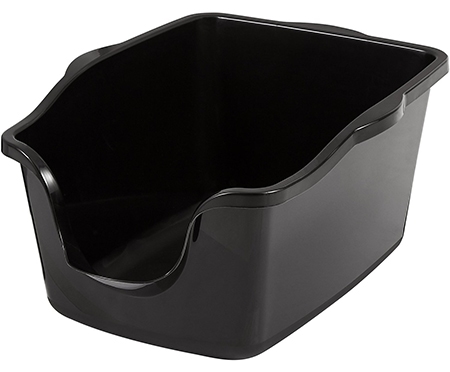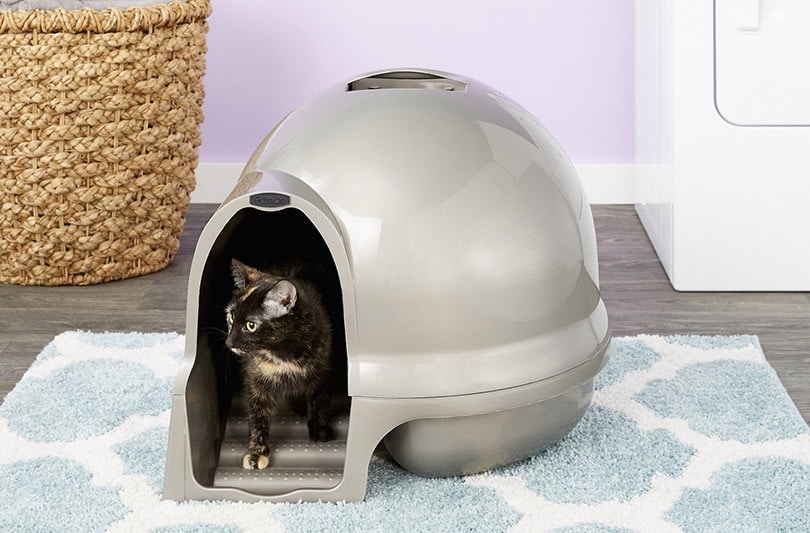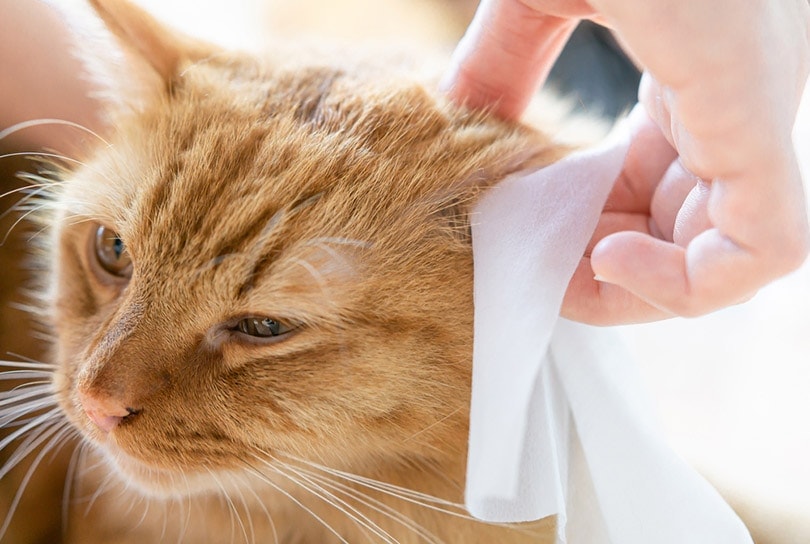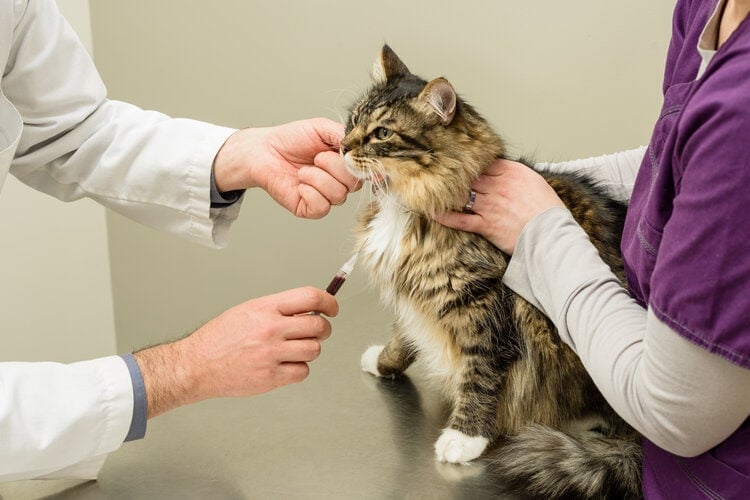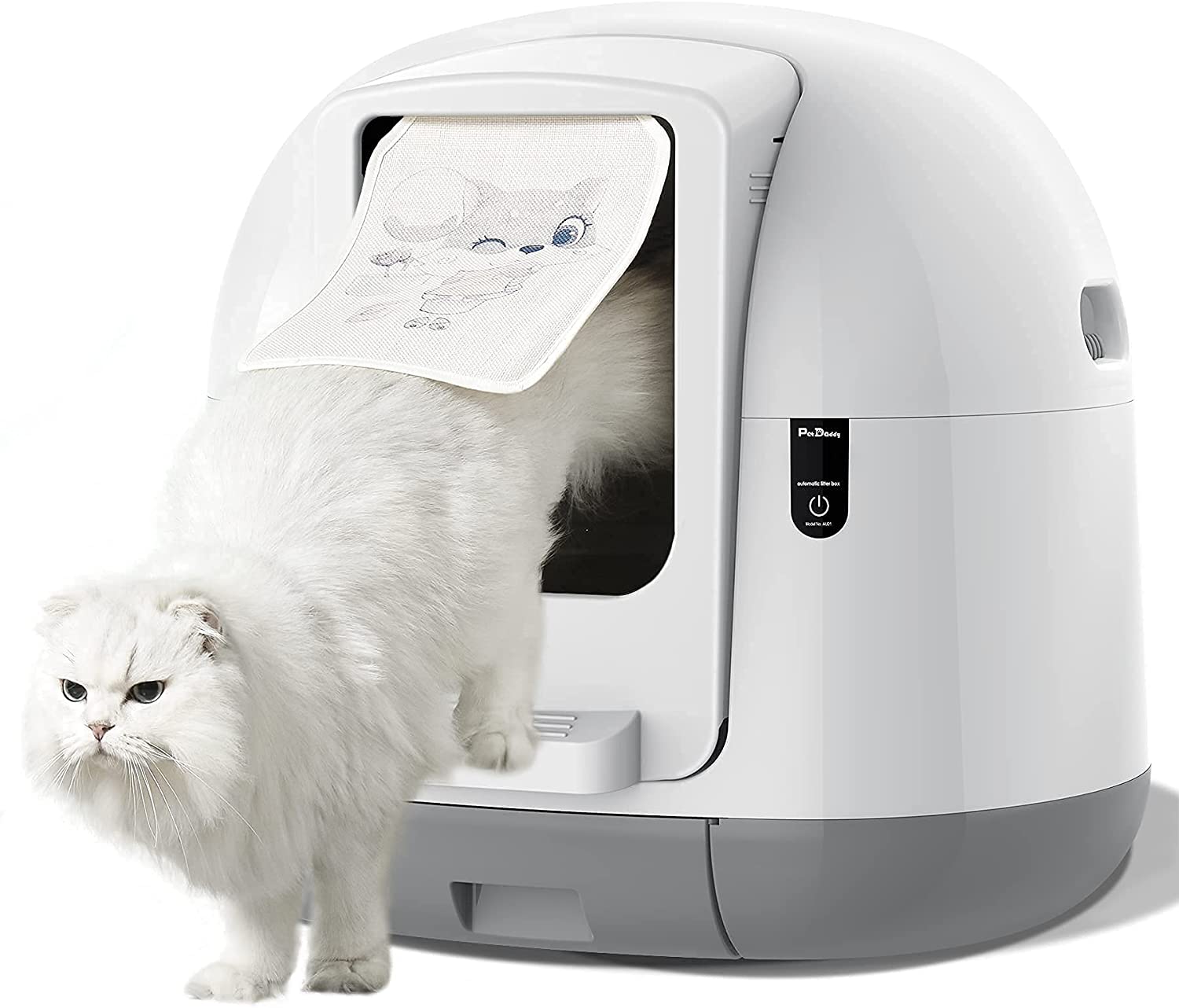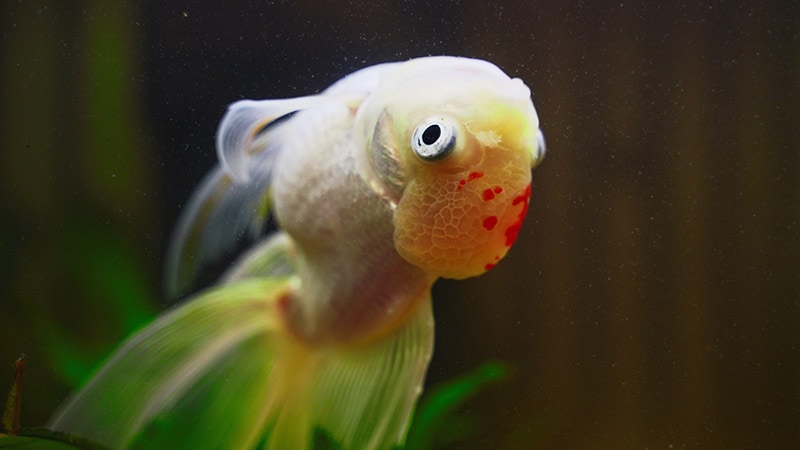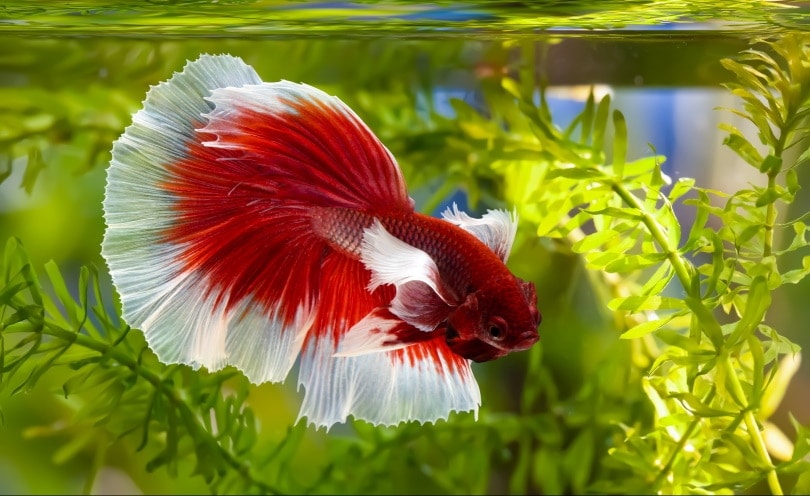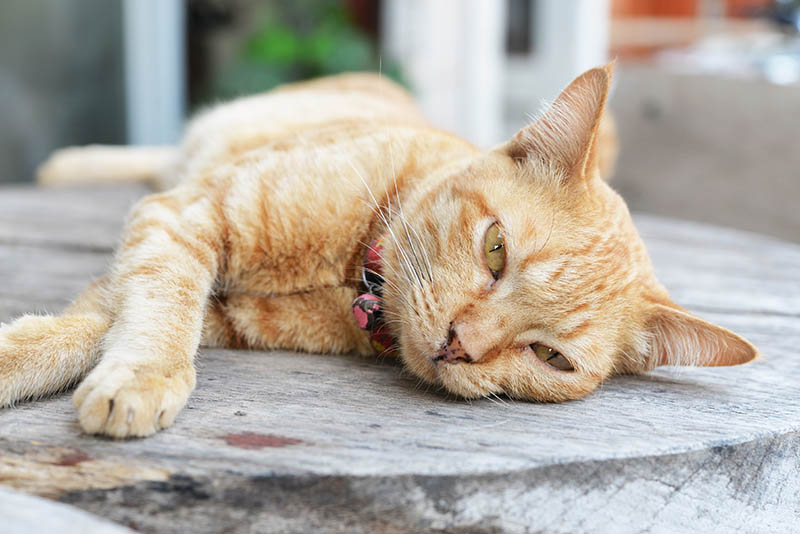6 Best Litter Boxes for Handicapped Cats in 2024: Reviews & Top Picks
By Hallie Roddy
Updated on
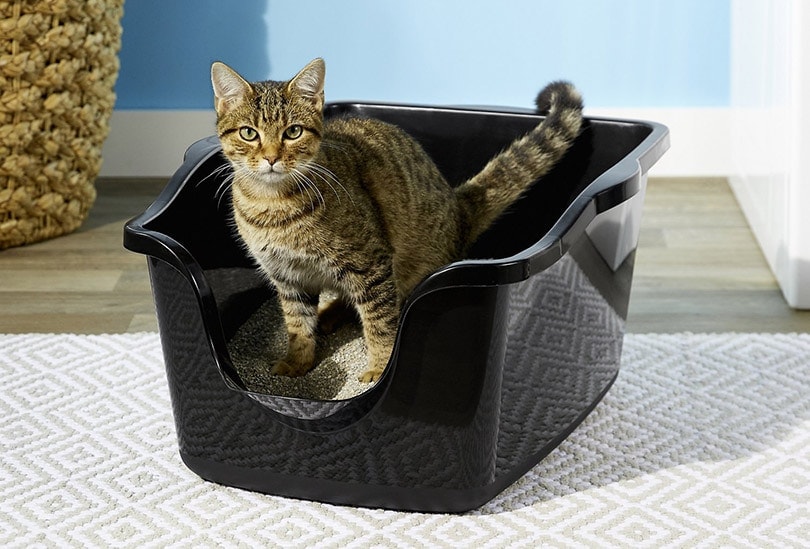
What is the best way to help them? It’s by finding a litter box that makes their time in the litter box as convenient as possible. We have compared reviews between some of the top litter boxes for handicapped cats to help make the buying process as smooth as it can be.
A Quick Comparison of Our Favorites in 2024
| Rating | Image | Product | Details | |
|---|---|---|---|---|
| Best Overall |

|
KittyGoHere Senior Cat Litter Box |
|
Check Price |
| Best Value |

|
Nature's Miracle High-Sided Litter Box |
|
Check Price |
| Premium Choice |

|
LitterMaid Multi-Cat Self-Cleaning Litter Box |
|
Check Price |
| Best for Kittens |

|
Booda Dome Cleanstep Litter Box |
|
Check Price |

|
Nature's Miracle Just for Cats High Sided Corner |
|
Check Price |
The 6 Best Litter Boxes for Handicapped Cats
1. KittyGoHere Senior Cat Litter Box – Best Overall
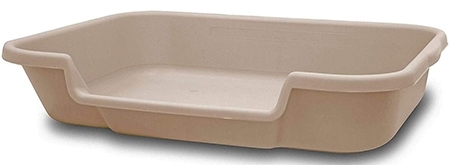
| Dimensions: | 24 x 20 x 5 inches |
| Color: | Sand, green, lavender |
| Material: | Plastic |
The downside to this litter box is that the chance of litter flying out while they bury their waste is more likely than in other boxes.
- Affordable
- Low entry and walls
- Easy-to-clean surface
- Multiple sizes and colors
- Litter might leave box
2. Nature’s Miracle High-Sided Litter Box – Best Value
| Dimensions: | 23.4 x 18.25 x 11 inches |
| Color: | Black |
| Material: | Plastic |
This plastic box is easy to clean because of the smooth surfaces and minimal crevices. Even though the walls won’t let the cats scrape litter out of the box, it is lightweight and they could knock it over if they tried.
- Affordable
- Blocks flying cat litter
- Easy to clean
- Can be tipped over
3. LitterMaid Multi-Cat Self-Cleaning Litter Box – Premium Choice
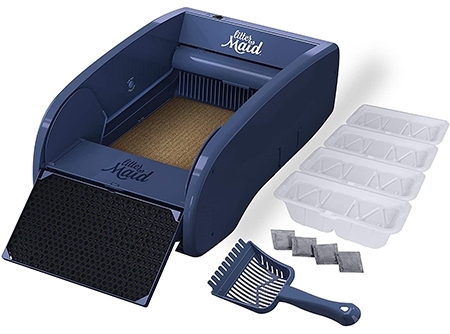
| Dimensions: | 27 x 18 x 10 inches |
| Color: | Blue |
| Material: | Plastic |
The downside to having a self-cleaning box is that it can be loud and distract or scare the cats while they try to do their business. It is also more expensive than the other options and might not be within budget for some families.
- Self-cleaning
- Entrance ramp
- Carbon filters
- Noisy
- Expensive
4. Booda Dome Cleanstep Litter Box – Best for Kittens

| Dimensions: | 22.5 x 22.5 x 19 inches |
| Color: | Linen, titanium, linen |
| Material: | Plastic |
It is large enough for most breeds but takes up a big section of space that might not be available in smaller homes. Cleaning is also a bit more challenging because you have to remove the cover.
- Steps
- Privacy
- Covered
- Pricey
- Challenging to clean
- Too big for small spaces
5. Nature’s Miracle High-Sided Corner Cat Litter Box
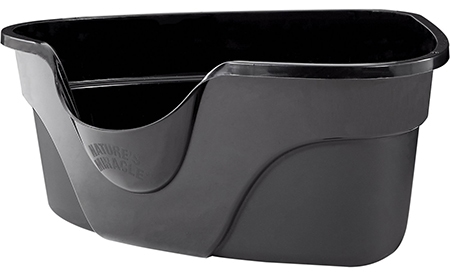
| Dimensions: | 23 x 26 x 10 inches |
| Color: | Black |
| Material: | Plastic |
It also isn’t large enough for some of the bigger cat breeds. What you save in space, you lose in accessibility for some cats.
- Prevents litter scattering
- Good for small rooms
- Anti-microbial
- Semi-tall entryway
- Not large enough for all cat breeds
6. PetSafe Simply Clean Self-Cleaning Litter Box
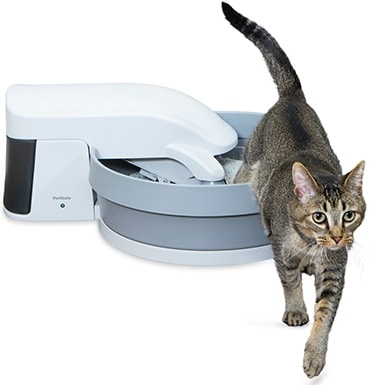
| Dimensions: | 26 x 15.5 x 10 inches |
| Color: | Grey, white |
| Material: | Silicone, plastic |
The box is small and only designed to hold cats weighing under 15 pounds.
- Self-cleaning
- Quiet
- Expensive
- Small
- Premium cat litter required
Buyer’s Guide: How to Choose the Best Litter Box For Your Handicapped Cat
Look for low entry points
Handicapped cats aren’t great at jumping over tall walls. Instead of having to climb or jump, make sure they can get into the box with ease. Whether that means the box has a low entry, ramp, or stairs, this is an important feature you don’t want to ignore.
Importance of material
Most cat litter boxes are made from plastic. Plastic is easy to wipe down, but the smoother the surface, the even easier it gets. You also want to try to avoid boxes with lots of nooks and crannies. These areas mean there are tighter spaces that you must try to squeeze your fingers into.
Wall Height
If you don’t go with a self-cleaning box, wall height is your best defense at
Conclusion
Finding the perfect litter box for handicapped cats is a challenge. Nobody wants to spend time skimming through thousands of reviews until they find the right one. We have taken the work out of this to allow you to transform the area where your cat uses the restroom.
With this research, we have found that the best overall box for handicapped cats is the KittyGoHere senior cat litter box, while the best for your money is the Nature’s Miracle high-sided litter box. We are confident that all of the listed litter box options are going to make going to the bathroom a breeze for your handicapped and senior cats.
See Also:




